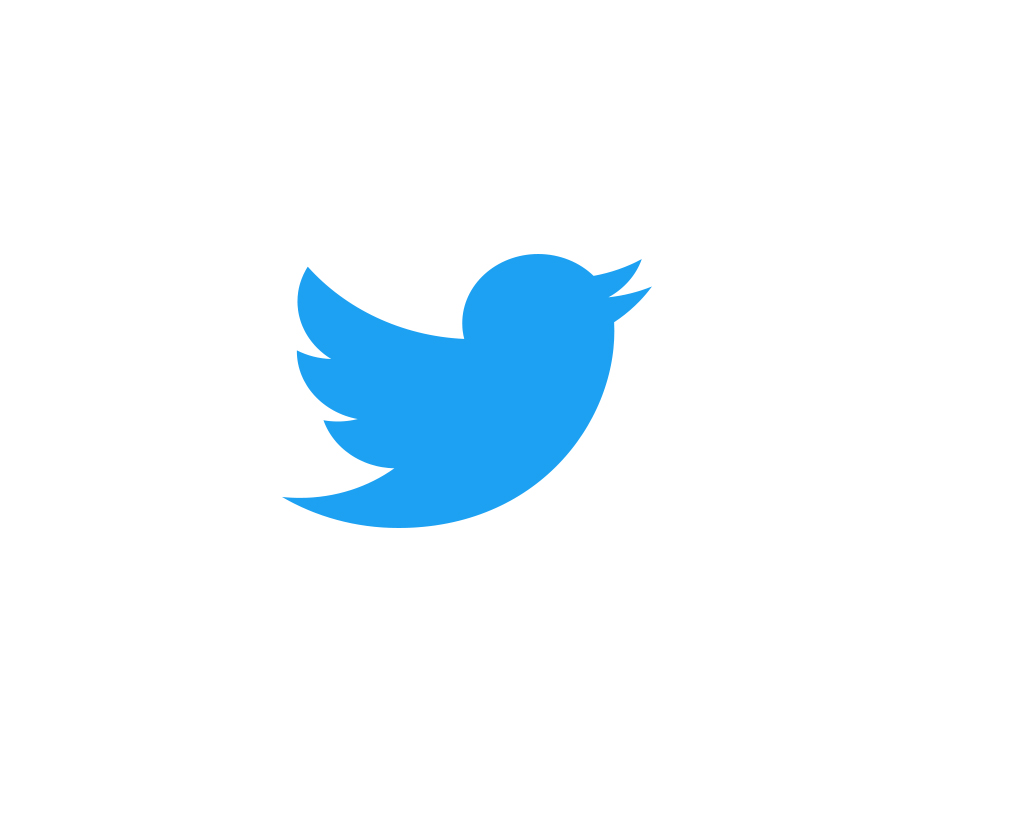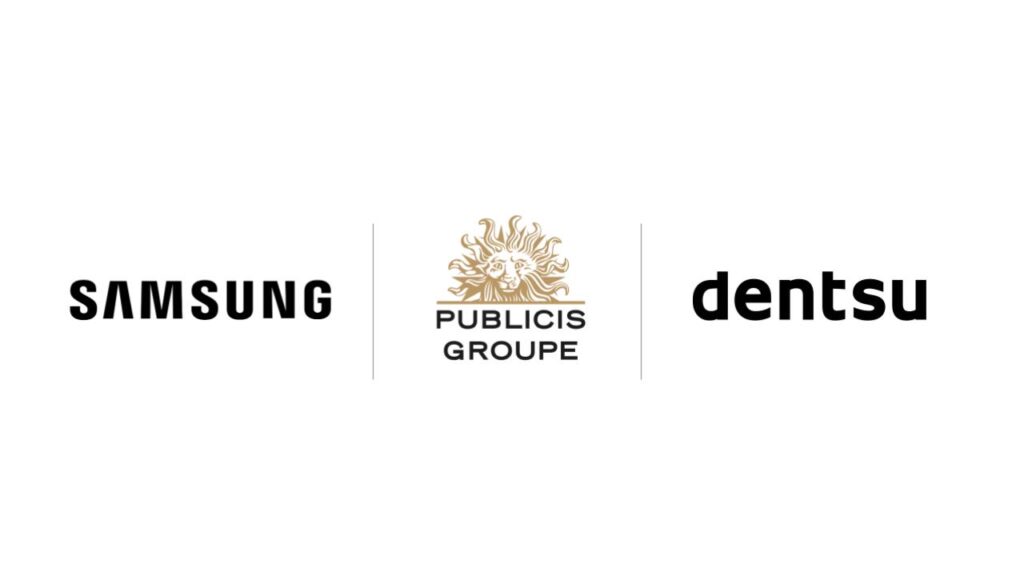People seek clarity and guidance from businesses as well during times of crisis. Eimear Lambe, Director of Twitter Next, EMEA and Stephanie Terroir, Head of Twitter Next, MENA, share tips on what brands should keep in mind while communicating with their audience during these troubling times.
Since the emergence and subsequent outbreak of COVID-19, there have been millions of tweets and retweets about the virus around the globe. We are seeing a COVID-19 related tweet every 45 milliseconds and #Coronavirus is now the second most used hashtag of 2020. These volumes reflect the huge appetite for seeing and sharing news and information related to the virus as it unfolds.
There’s no doubt that what we are facing is unprecedented. This is global, open-ended, and could affect every brand, every business, and individual. In times of crisis, people look to leaders and institutions for guidance, reassurance, and information. Increasingly, they also look to businesses.
Let’s be clear. This is not a marketing opportunity to capitalize on, and we do not recommend brands to opportunistically link themselves to a health scare. However, we want to recognize that this is a new reality and requires thoughtful navigation, from all of us.
We also know that Twitter is a platform that plays a significant role in crisis communications, and can be a powerful tool for you to communicate with your customers, employees, and the broader ecosystem at times like this. So while this is not a typical crisis, we’d like to share the advice we give during difficult circumstances.
What’s appropriate for my brand right now?
Know your brand
This is not about looking at what others are doing and copying. It’s about understanding the unique role your brand plays in people’s lives, how that has changed, and how your brand can help or be useful during this crisis. It’s also about looking for opportunities to lead by example and do the right thing, where it makes sense for your business.
دعمًا لمبادرة #التعليم_عن_بعد وبالتنسيق مع كل من @MOEducationUAE و @TheUAETRA ولمساندة الطلبة في مواصلة تعليمهم دون قيود قمنا بإتاحة التصفّح المجاني من خلال الهواتف إلى المواقع الإلكترونية التعليمية التي حدّدتها وزارة التربية والتعليم. pic.twitter.com/Ng97aiOA52
— اتصالات (@etisalat) March 12, 2020
Are you doing enough to protect yourself and your loved ones? Please refer to this guide that F.I.G.H.T.S the Coronavirus issued in public interest by Lifebuoy.
— Lifebuoy Arabia (@Lifebuoy_Arabia) January 30, 2020
Keep up to date with what’s happening
Things are changing fast. What might have felt like a good message yesterday might not be the right thing today. Keep a close eye on the news and conversation, and be sure to consider the context before replying or broadcasting. And note, sometimes it’s better not to say anything at all.
When using Twitter, you’ll notice we have a prompt in place which directs people searching for Coronavirus content to get accurate information from the relevant local bodies (e.g. World Health Organization ). This is running in 16 countries in the MENA region and is available in both Arabic and English. We are also pushing the most important content to the top of our search results and on your home timelines.
Be thoughtful about the tone of voice
Just like people, brands should evolve their tone depending on the context. Right now might not be the best time to be snarky or sarcastic, while empathy, understanding and even certain types of humor may go a long way.
One COVID-19 related tweet speaks well to the importance of tone, as Saudi singer Abdul Majeed Abdullah reminds people that awareness is not about sharing opinions on everything we hear and see, but about reacting to what’s happening around us with common sense. How do you get this right? The best way is by listening to what people, and your customers, are saying and reflecting that in your copy and tone appropriately.
Anticipate changes in your customer’s behavior
As people are potentially asked to self-isolate, or stay home- there will be a number of behavioral changes that might impact their needs as well as how they interact with your business.
We’ve already seen UEFA EURO 2020 postponed until 2021, in an effort to prioritize the health of all those involved in the game. We’ve also seen airlines offer flexible tickets, at no added cost, to reflect the realities of travel right now.
No change fees! Our waiver policy now applies to any bookings made before 31 March 2020. Our customers worldwide can enjoy more flexibility, choice and value; with the ability to change travel dates without change and reissuance fees. #FlyEmiratesFlyBetter https://t.co/k5voVwXg9C pic.twitter.com/IfDpb3IleB
— Emirates Airline (@emirates) March 9, 2020
We continue to offer maximum flexibility when your travel plans change. No fee to change your flight, no fee to cancel. pic.twitter.com/5RbklkOY5v
— Southwest Airlines (@SouthwestAir) March 2, 2020
There are other consumer behavior changes we can anticipate from China:
- An increased shift to e-commerce. Retail brands can get ahead of this by ensuring that they’re prepared to support the changing customer needs and connection points.
- Significant boom in live-streaming. As events were canceled and retail stores were closed in China, people and businesses took to live-streaming. Knowing this may happen elsewhere, think about how going live could help you extend planned live events (without attendees present), or connect with your customers. Check out media.twitter.com to learn more about how our live brand studio can help.
What might people need right now?
Below are the types of things we see people seek out in times of crisis, and might be especially relevant right now. We’re not saying you should do any or all of this, but these are some needs that you might want to think about.
Accurate & Reliable Information
In times of crisis, people want credible information. We’ve seen that verified people on Twitter are about 2.4x more likely to participate in COVID-19 conversation than non-verified people, and 75% of COVID-19 related tweets are actually retweets. In other words, the primary method of sharing information during a time of crisis is through retweeting.
If you have useful and reliable information that might help people navigate the uncertainty, or keep them calm, you should share it. For example, retail/e-commerce brands can keep the public updated on their stock of goods to help mitigate panic buying. If you have important information that affects your company, or your employees (e.g. around the transmission of the virus), you may want to consider sharing that publicly.
Hemos recibido comunicación oficial de un primer caso de Covid-19 en un compañero de Telefónica. Se encuentra hospitalizado, estable y en aplicación de nuestro protocolo de actuación.
Mucho ánimo y fuerza para una pronta recuperación. Estamos todos contigo. #SomosTelefónica— Telefónica (@Telefonica) March 4, 2020
When it comes to setting policies and supporting your employees through this uncertain period, there is truly an opportunity to lead by example and get others to follow in your steps.
Kudos to @Microsoft for putting ALL their employees first. #Microsoft#coronavirus #COVID19https://t.co/MkDMzy4LA1
— Terance Thatch (@terancethatch) March 6, 2020
Customer Service & Support
Inevitably, some brands are immediately more impacted by COVID-19, due to the nature of their business. Travel (Airline/Cruises/Hospitality/Tourism) and Financial Institutions are seeing the strongest associations with COVID-19 so far.
If COVID-19 is directly affecting your business and your customers- use Twitter to interact one on one with your customers and support them. You can also use the platform to broadcast any initiatives you’re launching that widely addresses the issue.
لأننا في #السعودية_الخليجية نهتم بصحتكم ولأجل سلامتكم، فإنه حتى إشعار آخر المقعد الأوسط غير مخصص للبيع.
نتمنى لكم رحلة سعيدة وآمنة pic.twitter.com/rrXIiAQvvw— السعودية الخليجية SaudiGulf Airlines (@SaudiGulf_SGA) March 16, 2020
It’s important to listen and understand the concerns your customers have and address them, as best you can. Demonstrating you’re doing your best in uncertain times, can go a long way. If you’re not directly affected but have something meaningful to offer (that’s true to your brand), consider sharing. For example, health/wellbeing tips, meditation / calming content.
عندك استفسار عن #كورونا
أو ودك تتأكد من معلومة وصلتك ?
لا تتردد بالتواصل مع حسابات وزارة الصحة
الموضحة بالصورة ??#الوقاية_من_كورونا pic.twitter.com/eWOs5kXUQ8— stc السعودية (@stc_ksa) March 17, 2020
Distraction & Levity
In times like this, when the news cycle can be overwhelming, a bit of light distraction and entertainment can go a long way.
يا الله على الجمال! pic.twitter.com/lryKDc65KS
— محمد نَبِيلّ (@MMdNabil03) March 5, 2020
The reality is that the average Twitter timeline is a mix of news, information, and interests. In fact, since January 1st, COVID-19 related tweets only represent 1% of total tweets that have been sent on Twitter.
In other words, people on Twitter are switching between updates on COVID-19, while following news, elections, sports, TV & entertainment, and everyday humor. So long as you are thoughtful with your copy and tone- you can contribute, and remember it’s better to stay in your lane and be true to your brand than to associate with the virus.
Community & Positivity
As humans, we’re programmed to seek out connection. While social distancing measures offer protection and security, they come with a significant impact on individuals, communities and the world at large. In the face of home quarantining, we witnessed beautiful moments of connection emerge from China, showing the importance of positivity and connection right now.
We’ve also seen non-COVID-19 related positive stories capture people’s attention, because good things continue to happen, despite the context right now. Brands should continue to connect with and celebrate these moments, as and when appropriate. This could apply to events, trends, and occasions from International Women’s Day to sports, TV premieres and culture.
اليوم نحتفي بجميع النساء اللاتي يصنعنّ النجاح ويُلهمن الملايين غيرهنّ
????????#اليوم_العالمي_للمرأة #أرامكو pic.twitter.com/kscjvQ5HP2— أرامكو (@Saudi_Aramco) March 8, 2020
What is Twitter’s policy for ad campaigns related to COVID-19?
Twitter prohibits all promoted content that refers to COVID-19. The only exceptions to this prohibition are approved public service announcements (PSA’s) from government and supranational entities, news outlets that currently hold a political content exemption certification, and some organizations that have a current partnership with the Twitter Policy team. Twitter also prohibits the targeting of keywords related to COVID-19, with no exceptions.
If you are thinking of running a campaign prompted by, or related to COVID-19, we recommend you read Twitter Ads policies, specifically the inappropriate content policy, before building any advertising campaigns.
To get you started on how to communicate during this time, here are a few questions to ask yourself: Can you share positive stories that might uplift the people who connect with your brand on Twitter? Do you have positive initiatives that you can talk about? Can you bring your community on Twitter together, in a positive way?
Opinions expressed in this piece belong to the author.






